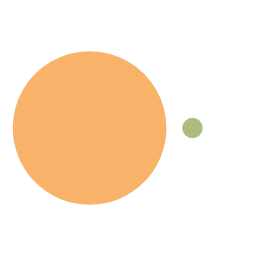Python学习笔记(3)
Python is a programming language that lets you work quicklyand integrate systems more effectively.
本文大部分内容来自网络转载,仅供个人记录用。
终于迈向编程的第一步了,对于大数据课上的东西,基本就是会调包就行,其他都是语法和算法层面的东西,下面是这学期所做的三个实验用到的代码,基本都是从网络上抄来的,略有修改。
梯度下降算法
python
import numpy as np |
K-MEANS算法
python
import numpy as np |
DBSCAN算法
python
import matplotlib.pyplot as plt |
本博客所有文章除特别声明外,均采用 CC BY-NC-SA 4.0 许可协议。转载请注明来源 Muyulong's Blog!
评论







